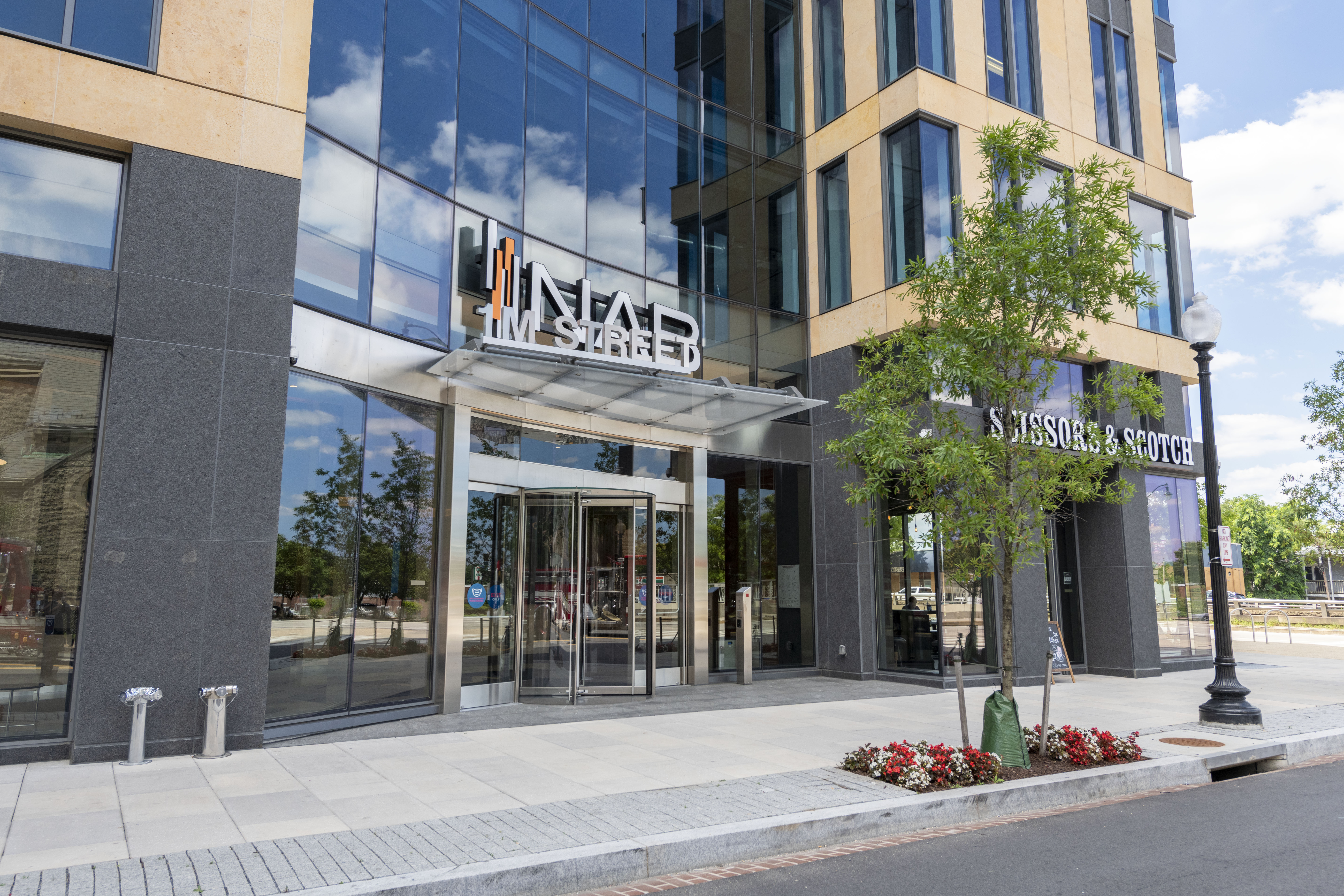NAB Show 2024 Exhibit Halls Will Show Array of Audio Tech, All Driven by IP
AI, virtualization and immersive expected to dominant booth discussions
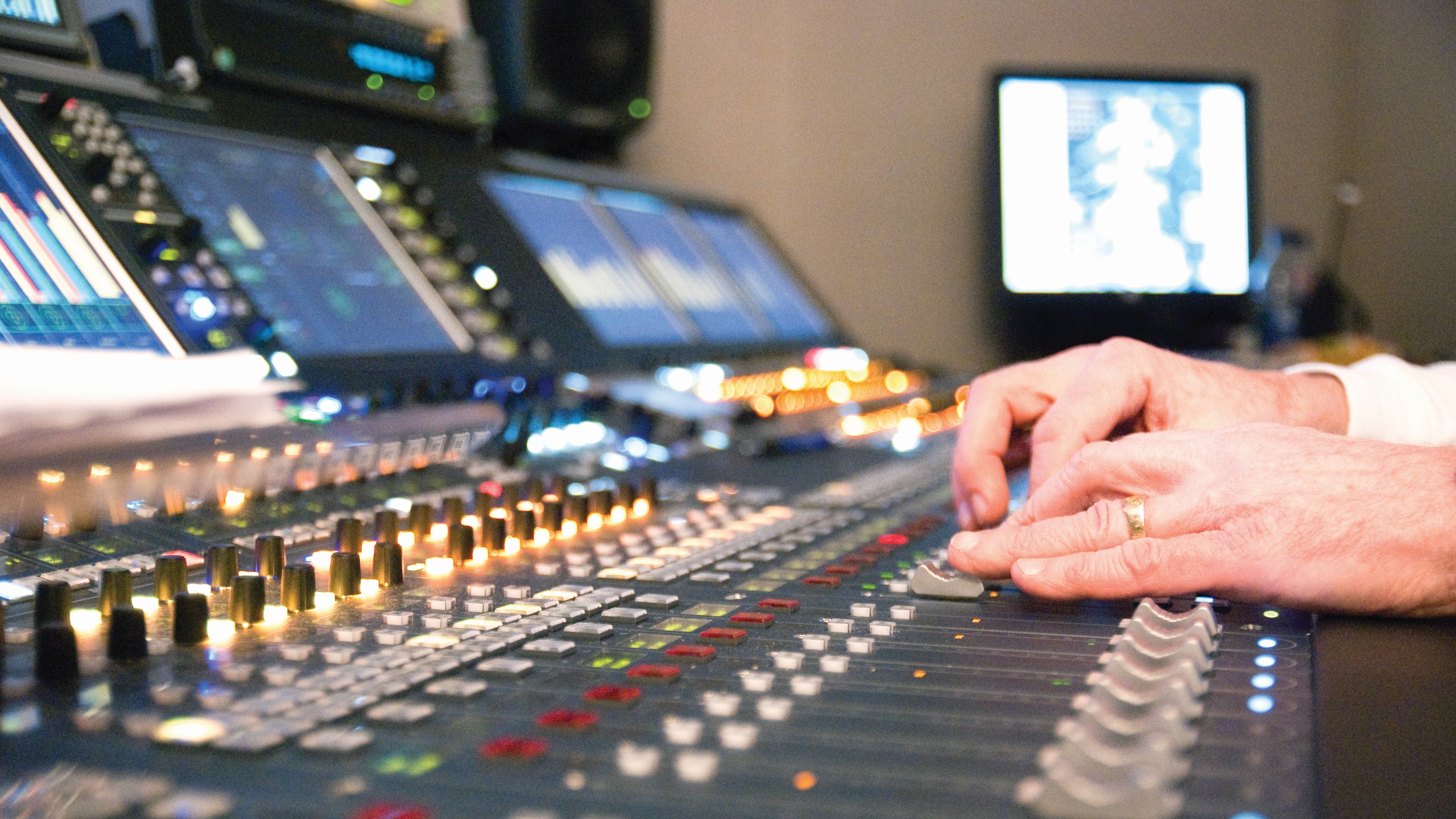
It will come as no surprise that artificial intelligence (AI), virtualization and the cloud will be the major trends dominating the agenda at this year’s NAB Show. This applies as much to audio as it does to the visually oriented contingent that will be at the exhibition but the sound side is seeing some very different or specific applications of these shared technologies.
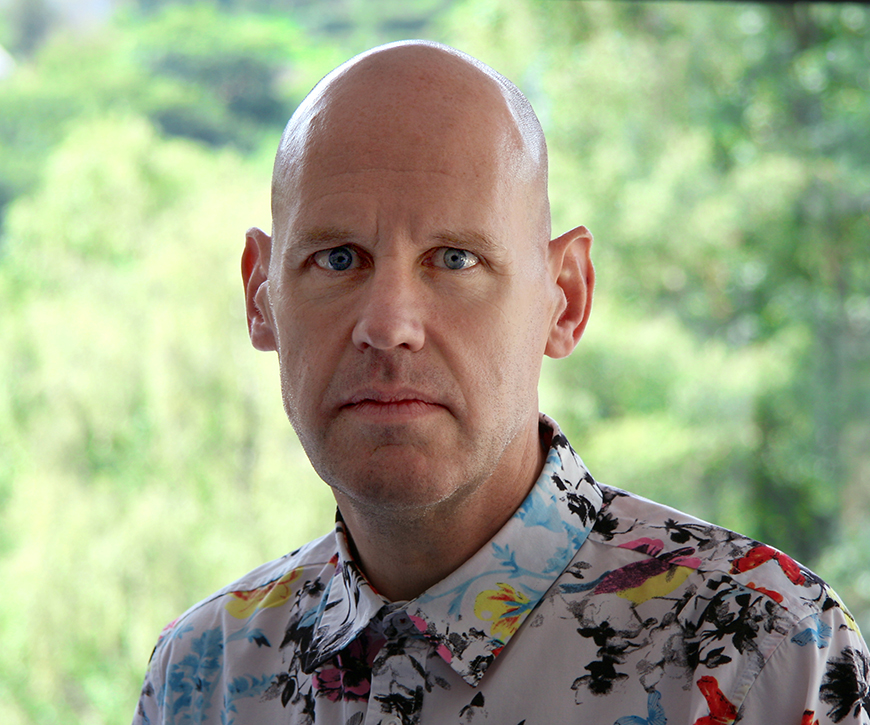
When it comes to audio mixing consoles, virtualization and cloud processing are “weekly conversations,” according to Henry Goodman, director of product management at Calrec Audio. “The majority of people want to talk about what will happen in the future with those technologies and how they might benefit from those kinds of workflows,” he says.
Another hot topic, Goodman adds, is, almost inevitably, AI. “It’s an area we’re all looking at with a great deal of interest,” he comments, “and we’re looking at it to see how it can provide benefits for us.
“On the console side, the area that would interest us is providing facilities that offer some kind of assistive mechanisms for the operators. It could be for balancing external feeds coming in or providing standardized EQ for certain types of microphones. It’s not something that is at the forefront of our development programme right now but we’re definitely keeping a close eye on it.”
Just when immersive audio looked all set to take the world by storm, it was put on the back burner by the pandemic, But it is back in full force, thanks to the ready availability of playback devices."
Christian Struck, Lawo
AI and cloud processing were highlighted by other manufacturers in TV Tech’s focus on audio mixing consoles in the January edition of TV Tech ("Audio Mixing in the Age of Remote Production") As with many technologies, virtualized mixing and processing is not an entirely new technology; it is now being used increasingly in radio, with Telos Alliance company Axia supplying consoles for one of the first implementations, the BBC ViLOR project, completed in 2019.
‘Headless Mixing’
Martin Dyster, vice president of business development for TV at Telos Alliance, highlights another trend that, although it first appeared elsewhere in the world decades ago, is now gaining traction in the U.S.
“Audio follow Video [AFV] is becoming increasingly prevalent, particularly in live news at local stations,” he says. (The AFV concept involves automatically adjusting the timing of audio signals to match the timing of corresponding video signals.)
Get the TV Tech Newsletter
The professional video industry's #1 source for news, trends and product and tech information. Sign up below.
“In some instances the consoles aren’t even a surface, they’re completely under the automation control of the orchestration layer managing the show,” Dyster adds. “This kind of ‘headless’ mixing is not new but the U.S. has caught up with it and it’s becoming widespread there.”
Similarly, Dyster continues, Europe is ahead of the U.S. when it comes to immersive audio, although NBC has broadcast Olympics in some form of immersive audio for the past decades.

Christian Struck, senior product manager for audio production at Lawo, comments that broadcasters are currently demanding “intuitive and comprehensive immersive audio features,” with the ability to mix over wide area networks plus support for decentralized mixing involving several consoles.
“Just when immersive audio looked all set to take the world by storm, it was put on the back burner by the pandemic,” Struck says. “But it is back in full force, thanks to the ready availability of playback devices, including smartphones and binaural headphones.”
The IP Network
The last few NAB Shows have seen the growth in products that conform to SMPTE ST 2110 for the transport of media streams over IP networks. But, as Phil Owens, senior sales engineer at Wheatstone, outlines, the cloud is the next challenge for the standard.
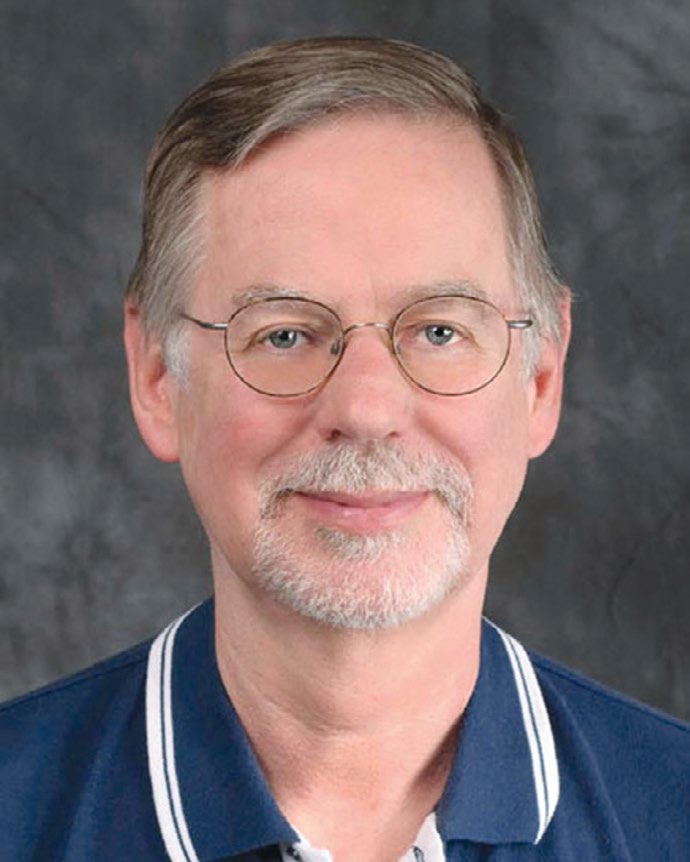
“We have seen the whole issue of 2110 environments, where a physical installation has two distinct networks, with audio and video on each,” he says. “The audio goes to both simultaneously, so if there is a drop-out on one, it picks up from the other instantly within a frame of audio. But there is now the issue of how a 2110 environment will work in the cloud, which is still in its early stages.”
Wheatstone is also devoting what Owens calls “a great deal of R&D” in its Layers cloud/server software platform for mixing, streaming and processing either at cloud data centers or local servers. However, he also sees more emphasis being put on voice processing, particularly for news and sports coverage.
“Broadcasters can get away with less acoustic treatment or design in the studio and report from environments that they might not have broadcast from in the past because the mic processor can cover a multitude of sins,” Owens said.
Larry Schindel, product manager at Telos Alliance, agrees that processing is “quickly moving” into the virtualized space. “Cloud processing is gaining in popularity as more workflows migrate to the cloud,” he says. “But there is still a large base of customers who prefer to keep everything ‘on prem’ or at least use a bit of a hybrid approach.
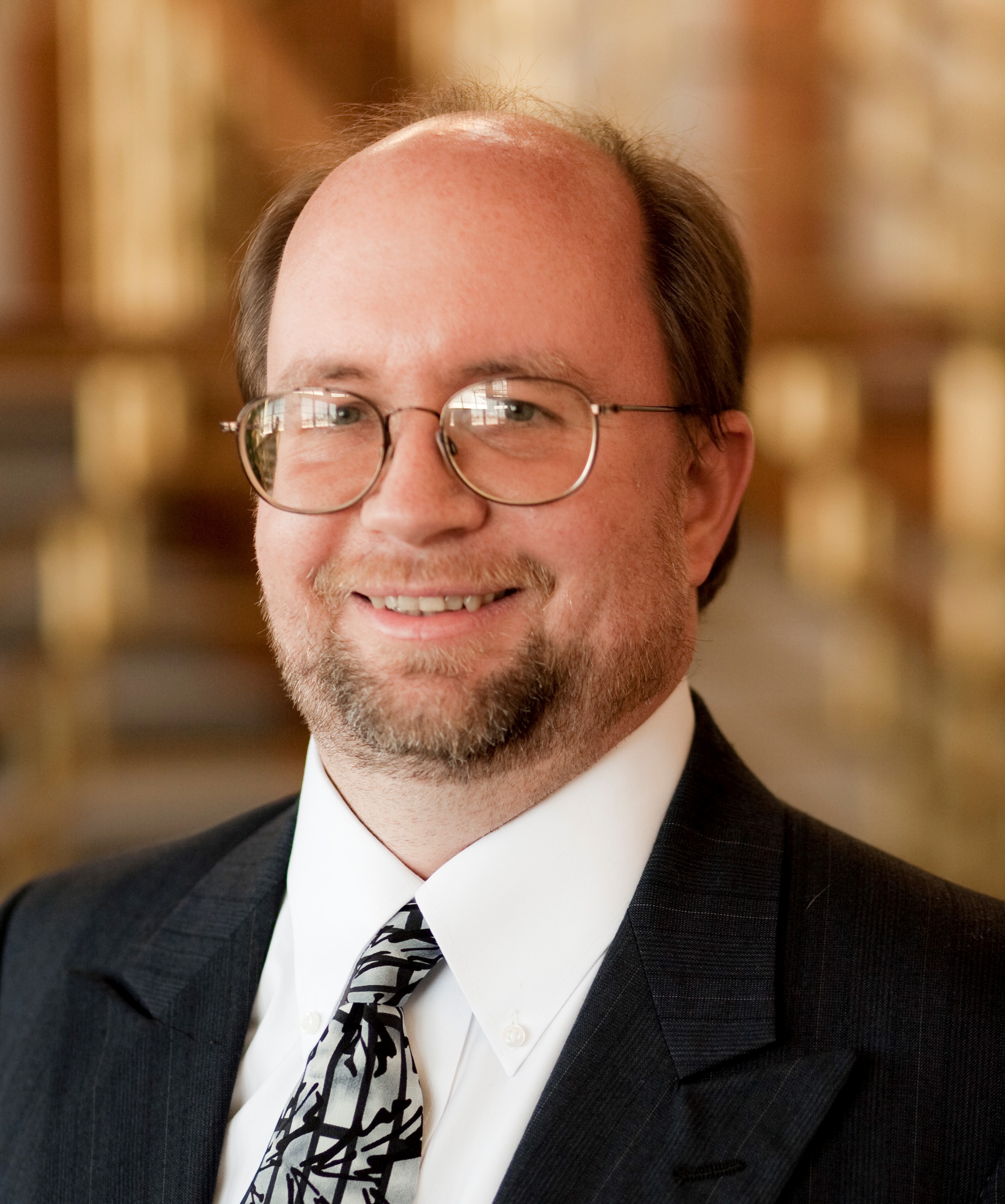
“Some of the more common types of processing in use today are loudness control and upmixing but processes like Object-based Audio with Serial ADM [a metadata format for use with Dolby Atmos] and automatic voice-over mixing are also starting to emerge in the marketplace,” Schindel adds.
Software-Driven Processing
Loudness will again be a focus for NUGEN Audio during the NAB Show, with previews of the latest version of its VisLM3 metering plug-in. New features include user-defined program segments, which can be used where multiple integrated measurements are required, such as between ad breaks; support for up to 22.2 audio channels; stem monitoring; and loudness measuring for individual deliverables.
Professional audio is definitely seeing a “shift towards software-driven processing,” according to Will Waters, principal product manager at Audinate. This, he says, “underlines the industry’s commitment to leveraging advanced technology” to meet the evolving demands of broadcast production.
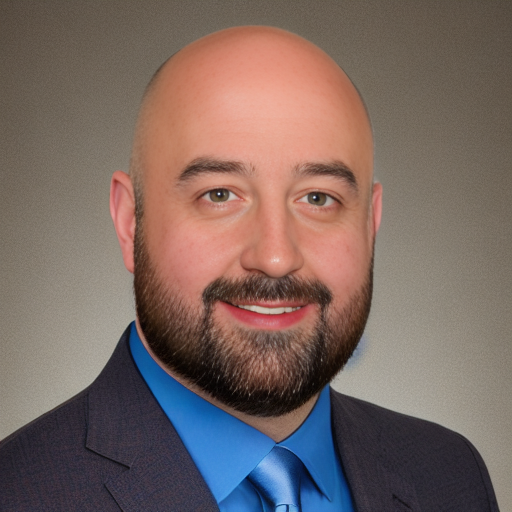
Waters also sees software processors having an increasing role on the intercom side of broadcast production. “This offers broadcasters even more versatility and efficiency in managing their intercom solutions,” he explains. “The evolution of broadcast technology, especially with digital and IP-based systems, has significantly impacted intercom.
“We’re now seeing Dante as part of intercom communications by being integrated into the networked audio infrastructure, enabling any number of audio mixes or routes to exist from the production equipment,” Waters added.
Staying Connected
IP-based intercoms are now well established but, as Martin Dyster at Telos observes, the sector continues to evolve.
“We’ve found an increasing number of customers moving towards either full Live Cloud Production (LCP) or a hybrid of on prem and cloud,” Dyster said. “From the finance angle, and perhaps surprisingly, we’ve witnessed most of our customers adopt the Infinity VIP system via a one-time buyout capital purchase route. But we have also seen increasing interest in subscription models, especially where the intercom is associated with a cloud-driven video production system like Grass Valley AMPP or Viz.”
Some intercom manufacturers were quicker to offer IP systems than others but now all the major brands have at least one system based on the technology.
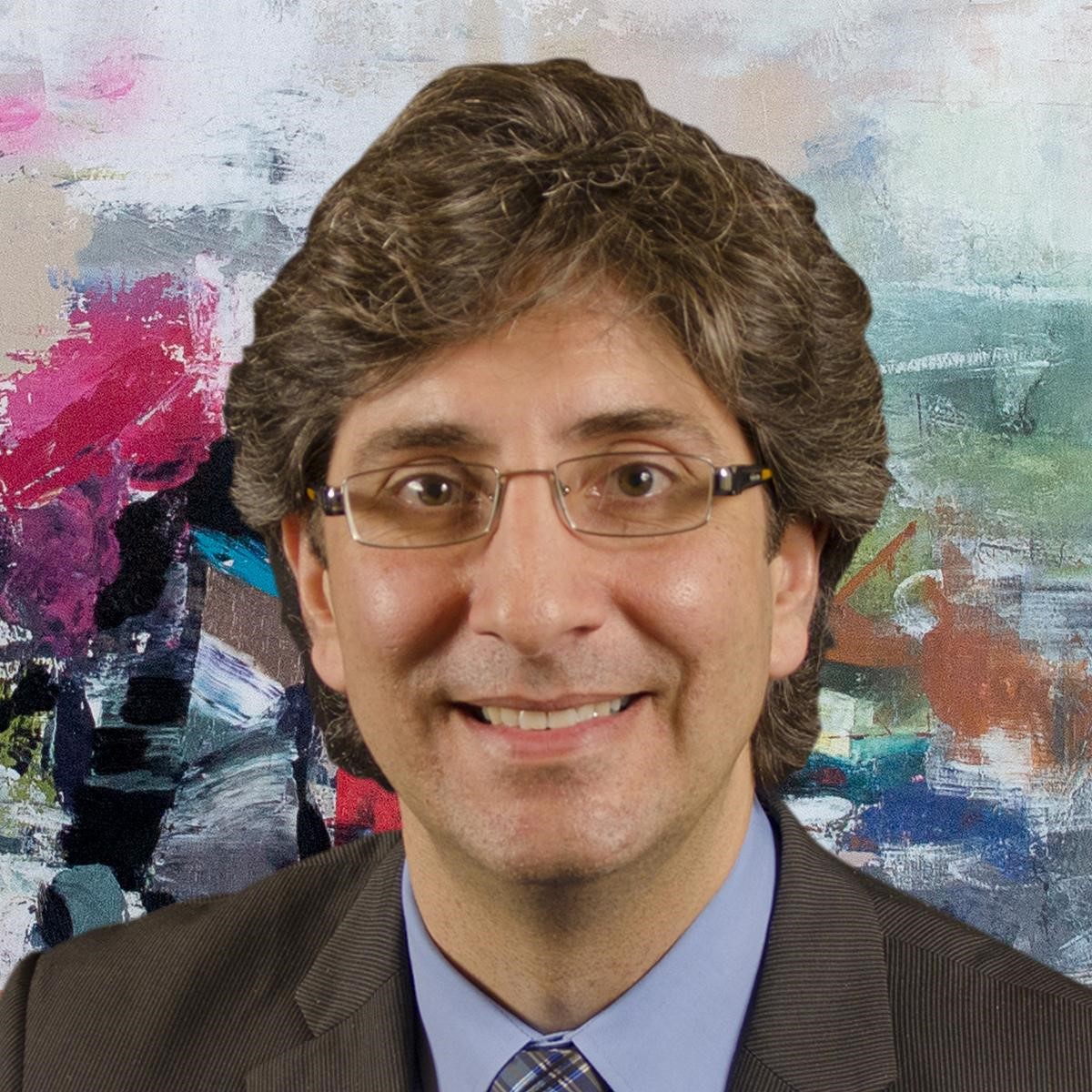
“I think IP is now firmly in place,” comments Marco Lopez, vice president of engineering at Clear-Com. “There was a natural progression of first standardizing the way we were distributing audio signals across the various infrastructures and now those are being used for digital audio that could be wired but is also a means of achieving wireless audio connectivity where, typically, you would have had to build a network of antennas, especially for very large scale events with many users connecting to that environment.
“From a technology point of view it’s all about the standards now, ensuring we have good connectivity and integration using ST 2110, along with NMOS support. as well as AES67 and Dante,” Lopez added.
With such a variety of technologies and applications to investigate and discuss, it could be that audio is something of a trendsetter in Las Vegas this year (again).
Register for the 2024 NAB Show, April 14-17 in Las Vegas at https://nabshow.com/2024/
